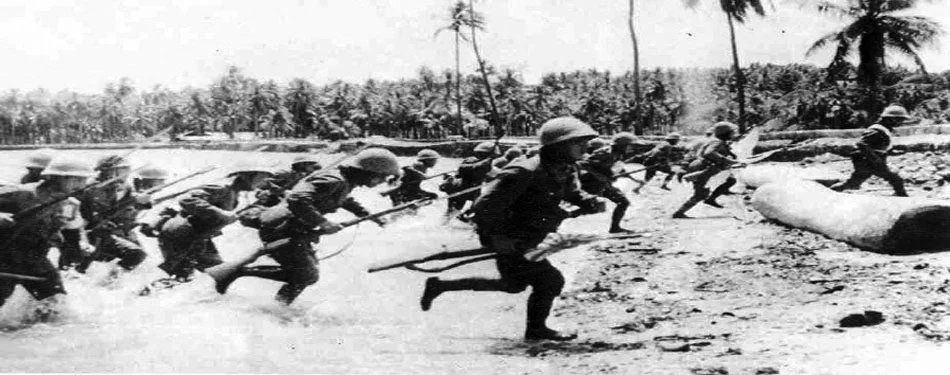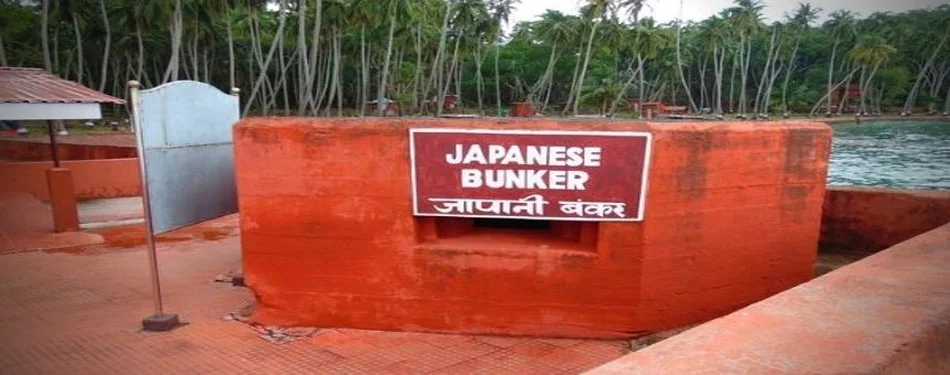Unraveling History: Exploring the Japanese Bunker in Andaman
The Andaman Islands, a mesmerizing isle in the Bay of Bengal, is not just a destination
of natural beauty and peace but also a silent witness to the turbulent events of the
past. Among the remains of history that dot these islands, the Japanese bunkers stand as
big testaments to a time of conflict and occupation.
The Japanese Occupation of Andaman

To understand the history of the Japanese bunkers, we must first begin with the history
of the Japanese occupation of Andaman. During World War II, the Andaman and Nicobar
Islands were strategically important due to their location between the Bay of Bengal and
the Andaman Sea. In March 1942, the Japanese forces occupied the islands as part of
their expansionist efforts in the Pacific. This period of occupation lasted until the
end of the war in 1945.
The Japanese administration implemented several infrastructural changes, including the
construction of bunkers, airstrips, and other military installations. The primary
intention behind these constructions was to defend the islands against potential Allied
attacks and to use them as a base for further expansion.
The Japanese Bunkers in Andaman

The Japanese Bunker in Andaman were numerous defensive structures built across the
islands during the Japanese occupation. These bunkers, made of concrete and often
camouflaged with the surrounding greenery , were designed to serve as lookout points and
defensive positions against enemy attacks.
Today, these bunkers are silent pieces of history of the past, located around the lush
greenery of the islands. They are scattered across various locations, with some of the
more accessible ones being found near Ross Island, Corbyn’s Cove, and Mount Harriet.
These structures stand as a reminder of the war and the impacts of foreign occupation on
the islands.
The Historical Significance of the Andaman Japanese Bunker
The history of the Japanese Bunker in Andaman is not just about military strategy; it
also reflects the darker aspects of the occupation, including the treatment of prisoners
and the local population. The bunkers is a reminder of the hardships and atrocities
faced by those living under occupation. They symbolize resilience in the face of
adversity and the complex layers of Andaman's history.
Exploring these bunkers provides a unique insight into World War II's lesser-known
theaters. It helps visitors understand the strategic importance of the Andaman Islands
during the war and the global nature of the conflict that reached even the most remote
parts of the world.
Preservation of The Bunkers and Tourism
In recent years, there has been a growing interest in preserving the Japanese bunkers as
historical monuments. Efforts are being made to maintain and restore these structures to
educate visitors about their historical context and significance. The bunkers are
becoming an important part of the cultural and historical tourism circuit in the Andaman
Islands.
Visitors to the islands can take guided tours to explore these bunkers, learning about
the history of the Japanese occupation of Andaman and the broader historical narrative
of the region. These tours not only provide a glimpse into the past but also grow a
greater appreciation for the sacrifices made during the war and the importance of peace.
The Legacy of the Andaman Japanese Bunker
The Japanese Bunker in Andaman is more than just a series of old military installations.
They are historical landmarks that tell the story of a crumbling period in the islands'
history. They remind us of the geographical importance of the Andaman and Nicobar
Islands during World War II and the far-reaching impacts of global conflicts.
As we travel to these monuments, we unravel the layers of history that they
represent—from the Japanese occupation of Andaman to the experiences of those who lived
through those times. They challenge us to remember the past, to learn from it, and to
ensure that the horrors of war are not repeated.
In preserving and visiting these historical sites, we pay homage to the complex history
of the Andaman Islands and ensure that future generations understand the significance of
peace and the importance of remembering history. The Japanese Bunker in Andaman, with
its dark past and educational potential, is symbol of the enduring human spirit and the
resilience of the communities that have rebounded from the shadows of war.

